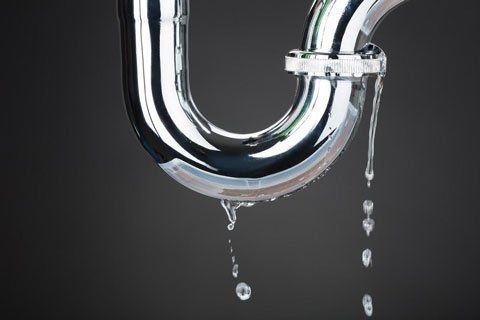The article author is making a few great pointers on the subject of Top leak detection hacks overall in the article below.

Early discovery of dripping water lines can mitigate a possible catastrophe. Some little water leaks might not be visible.
1. Analyze the Water Meter
Every house has a water meter. Checking it is a surefire way that helps you discover leakages. For starters, switch off all the water resources. Guarantee no person will purge, utilize the faucet, shower, run the washing equipment or dishwashing machine. From there, go to the meter as well as watch if it will certainly change. Considering that no person is using it, there must be no activities. If it moves, that indicates a fast-moving leak. If you spot no modifications, wait a hr or 2 and also check back again. This means you may have a slow leakage that can also be below ground.
2. Check Water Intake
Examine your water bills and track your water intake. As the one paying it, you must notice if there are any kind of inconsistencies. If you spot sudden changes, regardless of your consumption coinciding, it means that you have leaks in your plumbing system. Bear in mind, your water expense need to fall under the very same range on a monthly basis. A sudden spike in your expense shows a fast-moving leakage.
A constant rise every month, also with the exact same practices, shows you have a slow-moving leak that's also gradually intensifying. Call a plumber to thoroughly examine your property, specifically if you feel a cozy area on your flooring with piping beneath.
3. Do a Food Coloring Examination
When it pertains to water consumption, 30% comes from commodes. Test to see if they are running appropriately. Drop specks of food shade in the container and wait 10 mins. If the shade somehow infiltrates your bowl during that time without flushing, there's a leakage between the storage tank and also dish.
4. Asses Outside Lines
Don't fail to remember to check your outdoor water lines also. Examination faucets by affixing a yard hose pipe. Ought to water seep out of the link, you have a loose rubber gasket. Replace this and also make sure all connections are limited. If you have actually got a sprinkler system, it will aid get it skillfully examined and also preserved each year. One small leakage can lose tons of water as well as surge your water costs.
5. Examine and also Evaluate the Circumstance
Home owners should make it a habit to check under the sink counters and also also inside cupboards for any type of bad odor or mold development. These 2 red flags indicate a leakage so timely attention is called for. Doing regular evaluations, even bi-annually, can conserve you from a major trouble.
Examine for stainings and damaging as a lot of pipelines as well as devices have a life span. If you believe leaking water lines in your plumbing system, do not wait for it to rise.
Early detection of leaking water lines can alleviate a potential calamity. Some tiny water leaks might not be noticeable. Examining it is a surefire way that assists you find leakages. One small leakage can throw away tons of water and spike your water expense.
If you believe dripping water lines in your plumbing system, do not wait for it to intensify.
WARNING SIGNS OF WATER LEAKAGE BEHIND THE WALL
PERSISTENT MUSTY ODORS
As water slowly drips from a leaky pipe inside the wall, flooring and sheetrock stay damp and develop an odor similar to wet cardboard. It generates a musty smell that can help you find hidden leaks.
MOLD IN UNUSUAL AREAS
Mold usually grows in wet areas like kitchens, baths and laundry rooms. If you spot the stuff on walls or baseboards in other rooms of the house, it’s a good indicator of undetected water leaks.
STAINS THAT GROW
When mold thrives around a leaky pipe, it sometimes takes hold on the inside surface of the affected wall. A growing stain on otherwise clean sheetrock is often your sign of a hidden plumbing problem.
PEELING OR BUBBLING WALLPAPER / PAINT
This clue is easy to miss in rooms that don’t get much use. When you see wallpaper separating along seams or paint bubbling or flaking off the wall, blame sheetrock that stays wet because of an undetected leak.
BUCKLED CEILINGS AND STAINED FLOORS
If ceilings or floors in bathrooms, kitchens or laundry areas develop structural problems, don’t rule out constant damp inside the walls. Wet sheetrock can affect adjacent framing, flooring and ceilings.
https://www.servicemasterbyzaba.com/blog/how-to-detect-water-leakage-in-walls/
.jpg)
As a keen person who reads on Hacks to detect leaks, I imagined sharing that section was a smart idea. Sharing is caring. Helping others is fun. I truly appreciate reading our article about Hacks to detect leaks.